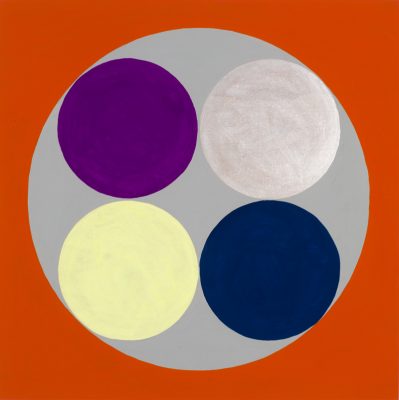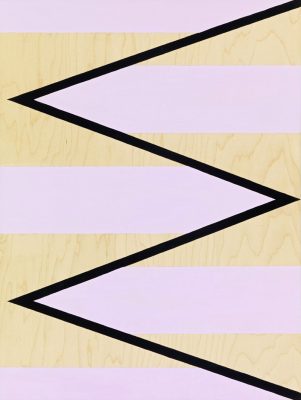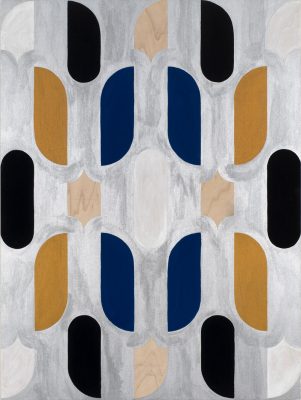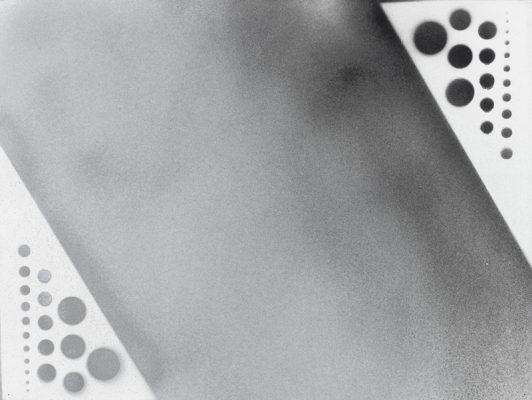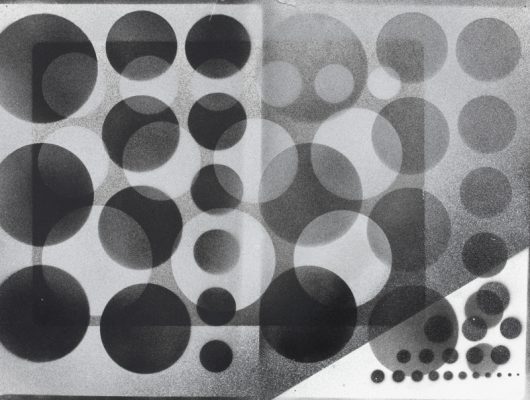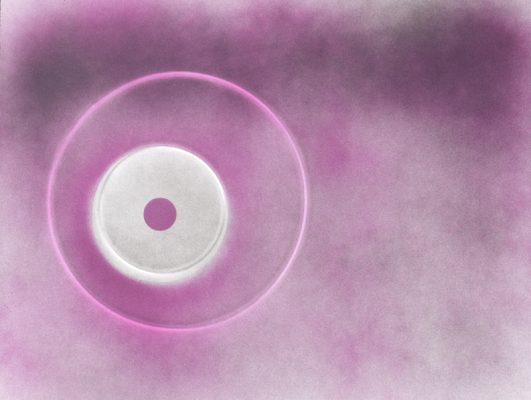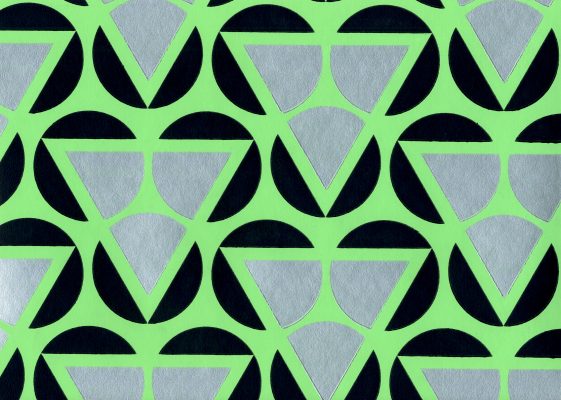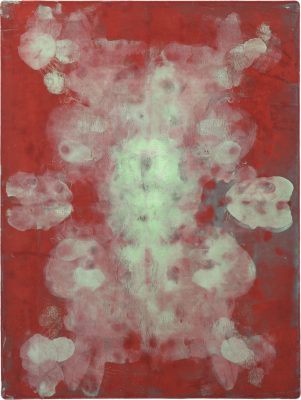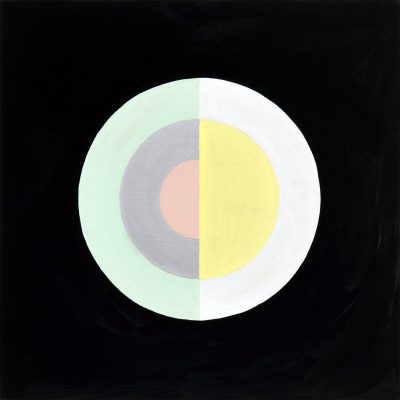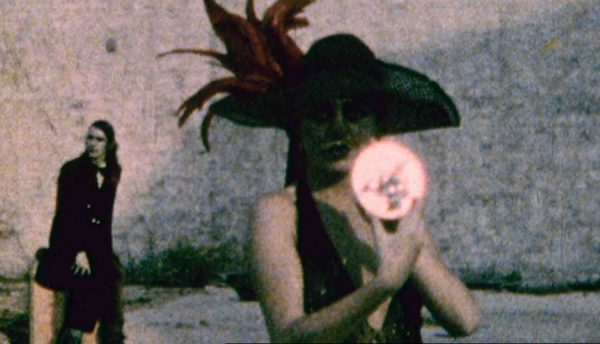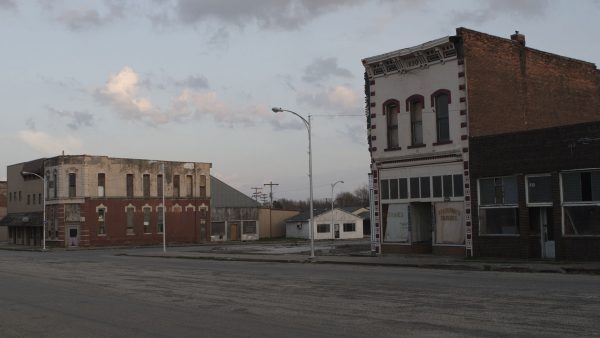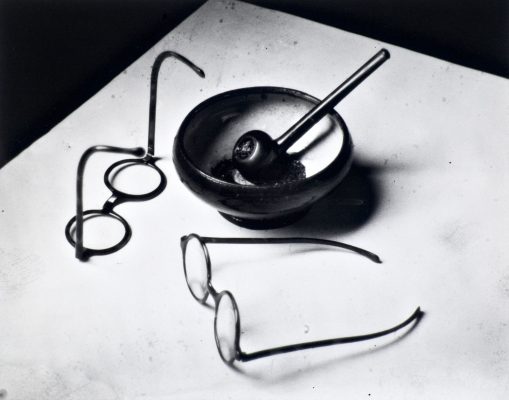Swiss artist Mai-Thu Perret’s ongoing, fourteen year-old project The Crystal Frontier is a multi-disciplinary fiction chronicling the lives of a group of women who move to New Mexico to establish a feminist commune in the desert.
Mixing literary experimentalism with radical feminism and modernist aesthetics, The Crystal Frontier’s protagonists record their existence in this imagined enclave – which they have named New Ponderosa Year Zero – through such diverse documentation as diary entries, song lyrics and letters, artisanal objects such as pottery and textiles, paper collages and paintings on basic, perhaps found, materials. These documents, typified by their reference to the legacies of revolutionary art movements including Dada, Bauhaus and Constructivism, are collected together in Perret’s exhibitions.
For the 2007 Lyon Biennial, for instance, Perret presented An Evening of the Book (2007), in which three silent films present a fictional restaging of Vitali Zhemchuzhnyi’s 1924 play of the same name. The films were exhibited in a room decorated with patterned wallpaper drawing on the work of the Constructivist artist Varvara Stepanova, and the roles acted out by, we must assume, the inhabitants of New Ponderosa Year Zero. For the text work ‘Letter Home (After A.R.)’ (2006), Perret reproduced an entire letter, with only minor alterations and the names removed, from Stepanova’s husband, Alexander Rodchenko, in which he rails against the decadence of Paris in the Twenties. In a 2010 exhibition at Galerie Francesca Pia, Perret showed text works such as this alongside small abstract paintings in a Constructivist style.
Highlighting the awkward relationship between revolutionary politics and avant-garde art production, Perret’s hypothetical community of like-minded radicals provides a conceptual framework for the artist to interrogate the way that we consume art and literature, and a means of exploring the notion and achievability of utopia in the twenty-first century.
